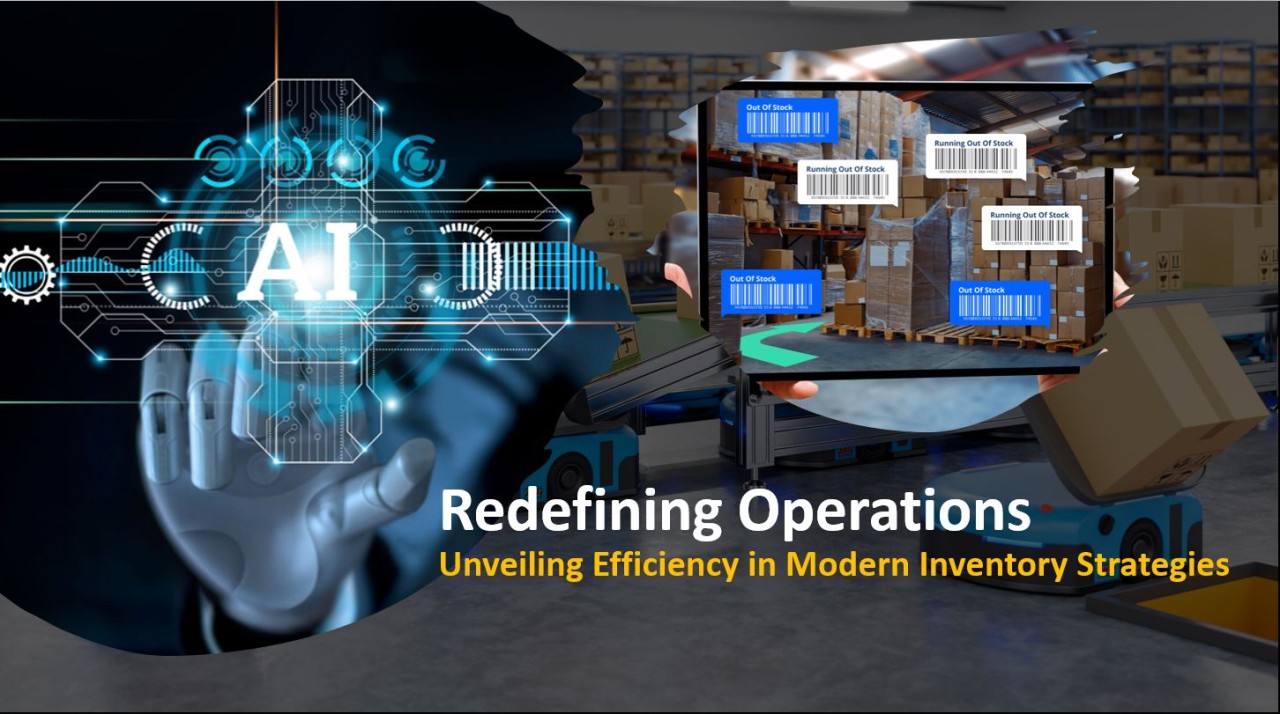Read Time:2 Minute, 9 Second
Purchasing system software in 2024 requires careful consideration to ensure that it aligns with your business needs and contributes to smoother operations. Here is a guide to help you make informed decisions:
- Assess Your Business Needs:
- Identify Pain Points: Understand your current challenges and areas where a system could streamline processes.
- Future Growth: Anticipate your business’s growth and ensure the software can scale accordingly.
- Define Key Features:
- Automation Capabilities: Look for software that automates routine tasks, reducing manual workload.
- Integration: Ensure compatibility with existing tools and systems to avoid disruptions.
- Customization: The ability to tailor the software to your specific business processes is crucial.
- Cloud-Based vs. On-Premises:
- Cloud Benefits: Consider cloud-based solutions for scalability, accessibility, and reduced infrastructure costs.
- Security Measures: Assess the security features of cloud solutions to protect sensitive data.
- User-Friendly Interface:
- Training Requirements: Opt for software with an intuitive interface to minimize training needs for your team.
- Mobile Accessibility: Check if the software supports mobile access for on-the-go operations.
- Vendor Reputation:
- Research Vendors: Look for reputable vendors with a history of successful implementations.
- Client Reviews: Read reviews from other businesses to gauge user satisfaction.
- Compliance and Security:
- Regulatory Compliance: Ensure the software aligns with industry regulations and standards.
- Data Security: Prioritize solutions with robust security features to protect sensitive information.
- Scalability:
- Future Expansion: Choose software that can adapt to your business’s changing needs and can easily accommodate growth.
- Cost Considerations:
- Total Cost of Ownership (TCO): Evaluate both upfront and ongoing costs, including maintenance and support.
- ROI Analysis: Assess the potential return on investment to justify the expense.
- Implementation Support:
- Vendor Support: Check the level of support provided during the implementation phase and ongoing usage.
- Training Resources: Ensure there are resources available for training your team on using the software.
- Data Analytics and Reporting:
- Analytics Tools: Look for software that provides robust analytics tools for data-driven decision-making.
- Real-Time Reporting: Ensure the system offers real-time reporting capabilities for better insights.
- Trial Period:
- Request a Demo: Before finalizing your decision, request a demo or trial period to test the software’s functionality in a real-world environment.
- Future Updates and Upgrades:
- Vendor Roadmap: Inquire about the vendor’s future plans and the frequency of software updates.
By carefully considering these factors, you can make an informed decision when purchasing system software, ensuring it contributes to the smooth operation and growth of your business in 2024.
Conclusion:
Additionally, prioritizing compliance, security, scalability, and cost considerations, along with evaluating implementation support and data analytics capabilities, will contribute to a smoother integration process and long-term success.





